
Ingredient
Juice, prune
The Sweet and Tangy Elixir of Prune Juice
Prune juice is made from dried plums, also known as prunes, which are soaked and then pressed to extract the juice. It has a deep, rich color with a thick and smooth consistency. The taste of prune juice is sweet with a slightly tangy undertone, making it a refreshing and enjoyable beverage.
Origins and history
Prunes have been cultivated for thousands of years and have a rich history in different cultures. Prune juice has been used traditionally for its digestive benefits and is known for its high fiber content. It is commonly consumed as a natural remedy for constipation and is also enjoyed for its unique flavor profile.
Nutritional information
Prune juice is a good source of dietary fiber, vitamins, and minerals. It is particularly high in potassium and contains antioxidants that may have various health benefits. Prune juice typically contains around 150 calories per cup.
Allergens
May contain allergens for individuals with sensitivities to dried fruits or specific fruits like plums.
How to select
When selecting prune juice, look for a product that is made from 100% pure prune juice without any added sugars or preservatives. It is also important to check the expiration date to ensure freshness. Opt for organic or natural options whenever possible.
Storage recommendations
Prune juice should be stored in a cool, dark place away from direct sunlight. Once opened, it should be refrigerated and consumed within a week to maintain its freshness and quality. It is important to check the expiration date and discard any prune juice that has passed its shelf life.
How to produce
Prune trees can be grown in home gardens or orchards, provided they have the right climate and growing conditions. They require well-drained soil and regular watering. Prune trees can be propagated from seeds or purchased as young saplings from nurseries.
Preparation tips
Prune juice can be enjoyed on its own as a refreshing beverage or used as a base for smoothies, cocktails, or sauces. It can also be incorporated into baked goods like muffins or used as a natural sweetener in marinades or dressings.
Culinary uses
Prune juice is commonly consumed as a standalone beverage or used as an ingredient in various recipes. It is often enjoyed as a natural remedy for constipation or as a flavorful addition to smoothies and cocktails.
Availability
United States, France, Mediterranean region
More ingredients from this category » Browse all

Juice, nectarine
"The Golden Elixir: Unleashing the Vibrant Flavors of Nectarine Juice"

Juice, lemon
The Zesty Elixir
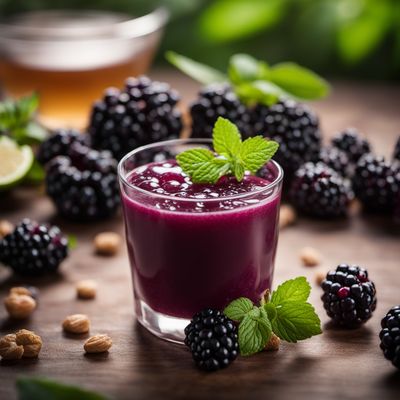
Juice, blackberry
The Dark Elixir

Mixed fruit juice
"Fruit Fusion Delight: A Symphony of Flavors in Mixed Fruit Juice"
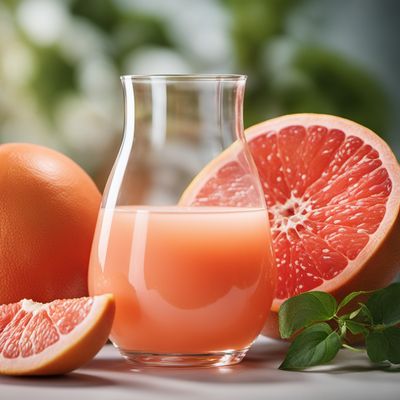
Juice, grapefruit
Tangy Citrus Burst
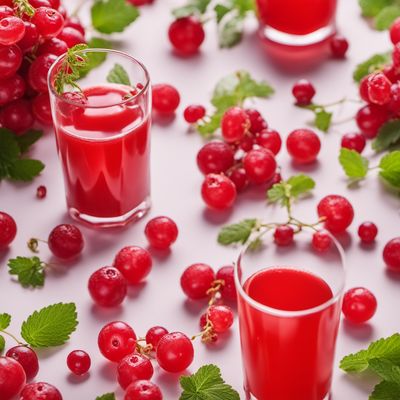
Juice, red currant
Tangy Elixir: Unleash the Vibrant Flavors of Red Currant

Juice, elderberry
The Immunity Booster

Juice, mango
The Tropical Elixir
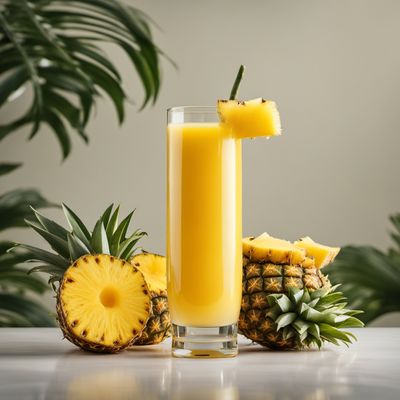
Juice, pineapple
Tropical Elixir
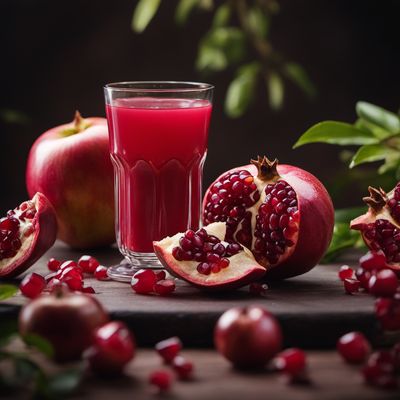
Juice, pomegranate
"The Ruby Elixir: Unveiling the Secrets of Pomegranate Juice"
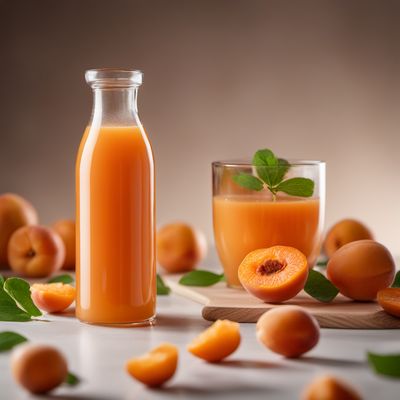
Juice, apricot
Apricot Juice: A Burst of Sweetness
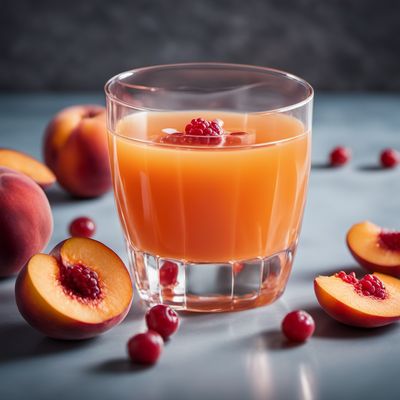
Juice, peach
"The Golden Elixir: Unleashing the Sweet Essence of Peaches"
